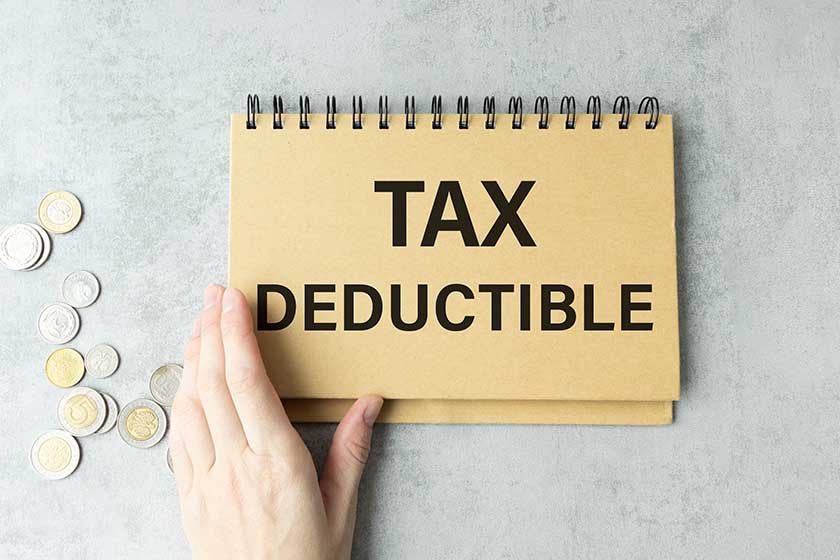Paying for assisted living is always stressful and expensive; whether you are paying for a loved one or yourself, you can get outside help. One of the financial assistance tools that can help you or your loved ones ease the financial burden is tax deductions. Costs in assisted living communities are tax-deductible; however, not all expenses qualify for this deduction.
If you want to know about the costs eligible for this deduction, contact the community’s team members. The community will let you know which expenses qualify for the tax deduction. If your loved one is in a retirement community, these are some deductions for assisted living costs:
Criteria for Assisted Living Costs Tax Deductions
As mentioned earlier, assisted living costs are tax-deductible; however, your loved one must meet certain criteria. Here are some criteria your loved ones must meet to qualify for a tax deduction:
Your loved one must be certified as chronically ill by a licensed doctor, health care practitioner, or nurse. A chronic illness means they cannot do two daily activities (bathing, dressing, continence) alone. Also, if those with Alzheimer’s disease, dementia, and other cognitive declines may need monitoring for 90 days.
The care plan must be created by a doctor, nurse, or social worker. These communities create a care plan through medical evaluation, needs assessment, and input from the primary caregiver.
However, suppose your loved one does not meet the criteria of being chronically ill. In that case, they can be eligible for expenses like entrance fees. You can contact communities and tax advisors for more information about the tax deduction and the requirements.
What Portion of Assisted Living Costs Is Tax Deductible?
The internal revenue code has no fixed rules or guidance regarding computing the tax deductible from the entrance and monthly fees. This means the assisted living community will determine the deductible portion through service costs.
However, fees directed toward non-medical costs like meals and housing do not qualify for a tax deduction. Your community will be able to provide information regarding the portion of the fee for medical expenses and the deductible amount.
How to Deduct Assisted Living Costs
To understand whether your loved ones are eligible for tax deductions, you must know the part of their monthly payment directed toward medical care. Ask the assisted living community to give the cost breakdown of each service to see what was directed towards medical care.
If you want to make things easier, you can work with an accountant or a tax advisor, as they will help keep a record of expenses relating to medical care.
Tax-Deductible Assisted Living Expenses
Depending on the community, you may receive a monthly bill containing the cost breakdown for different services. Furthermore, it must be usable for tax purposes, showing the part of the monthly fee that goes toward medical care. Irrespective of the type of monthly bill your community sends, here are some assisted living costs that qualify for a tax deduction:
- ADL assistance (bathing, dressing, continence, transferring, and bathing)
- Medication management
- Therapies used for medical treatment
- Transportation cost to your medical care
Aside from medical care expenses, here are some medical devices eligible for tax deduction:
- Contacts and eyeglasses
- Hearing aids
- Wheelchairs
- Laboratory fees
In Conclusion
Tax deductions can be a helpful tool to ease the financial burden of assisted living costs. To qualify, your loved one must meet specific criteria, such as being certified as chronically ill and having a care plan created by a medical professional.
While the portion of the tax-deductible costs will vary depending on the community, certain expenses like ADL assistance, medication management, and transportation costs are eligible. It’s essential to keep detailed records and work with a tax advisor or accountant to ensure you deduct the correct expenses. Contact your loved one’s community and a tax professional for more information.







